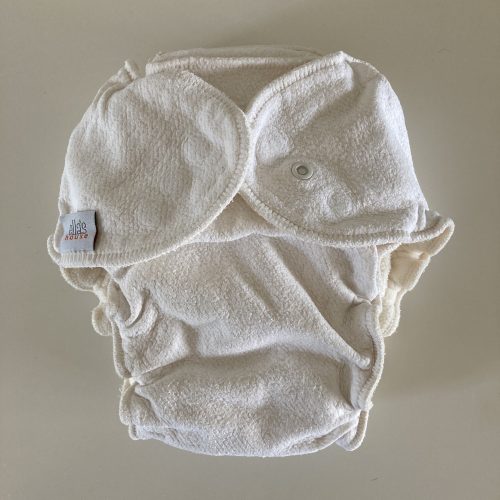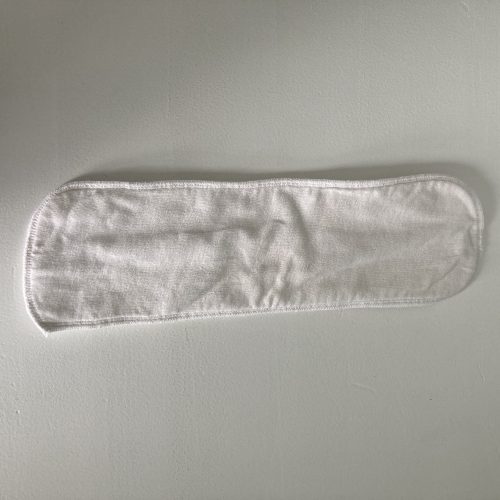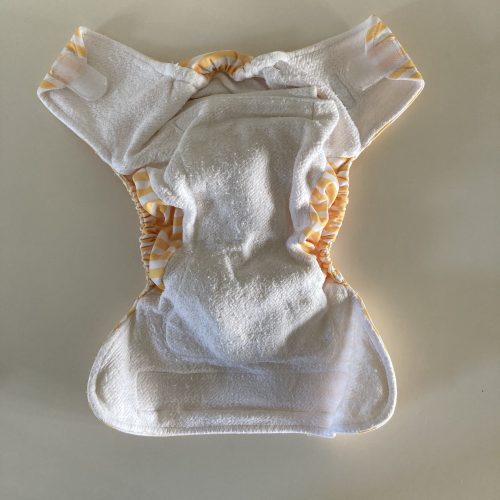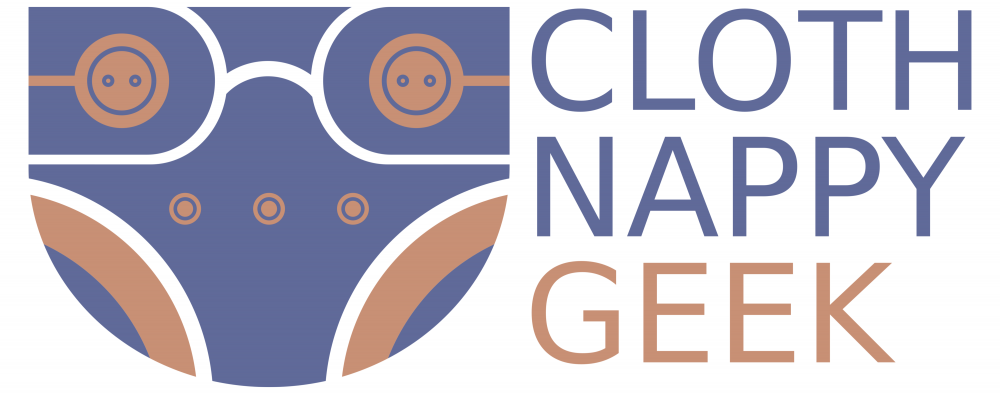Not all inserts and boosters are created equally. As well as the multitude of shapes and sizes, covered here, you might also need to consider what your inserts and boosters are made from. For brevity from here on in I’m just going to talk about inserts, but the same is true of boosters too.
There are a few common fabrics used in nappy inserts. Each one has it’s own pros and cons. Sometimes they are blended together in an insert so you can get the benefit of each, whilst hopefully counteracting the disadvantages.
Below is a rough guide to the main fabrics, although remember that within each category inserts will be of varying quality and so it’s not simply the case that X will always be better than Y.
Bamboo
Charcoal
Cotton
Microfibre
⠀
Hemp
Hemp is a natural (plant based) fibre. is the most absorbent fabric and locks that moisture in well. It also boosts some excellent eco-credentials.


The most expensive fabric. Normally blended with cotton (at around a 45:55 hemp:cotton ratio). When blended with cotton, hemp will outperform bamboo for quick absorption (those graphics floating round the internet saying that hemp is the slowest absorber are wrong).
It is a natural material but a lot less resource intensive to grow compared to cotton, and less resource intensive to produce compared to bamboo. It is grown organically. Is biodegradable and compostable – the fabric will return to the earth once it reaches the end of its lifespan. Plus antibacterial, anti-fungal, and anti-allergen.
Prone to shrinkage from washing, ensure you reshape inserts whilst damp especially during the prewashing stage. Because of how well hemp holds onto liquid you will need to ensure you have your wash routine nailed as without sufficient washing it is more likely to have ammonia build-up. I’ve never personally had an issue despite using hemp heavily for years. Due to the natural oils hemp inserts can take up to 10 prewashes to reach their maximum absorbency. The downside of good absorption is a slower drying time.
Although hemp is excellent from an eco perspective you have to bear in mind that it contains a significant amount of cotton and therefore holds some of the environmentally negative aspects of cotton production.
Tencel
Tencel , a man-made fibre, is the brand name of lyocell, produced by Austrian textile company, Lenzing.

Tencel is a natural fibre derived from wood pulp (eucalyptus trees) in sustainably harvested forests. Fabrics made from wood pulp come under the name rayon, so for example bamboo is also rayon.
The processing of Tencel is closed-loop, meaning the chemicals and water used in production get reused rather than dumped. It also uses less-toxic chemicals (amine oxide rather than caustic soda) than standard rayon production which is better for the factory employees and those living in the local area.
It is 50% more absorbent than cotton. And due to the fibre structure it is more absorbent than bamboo too.
